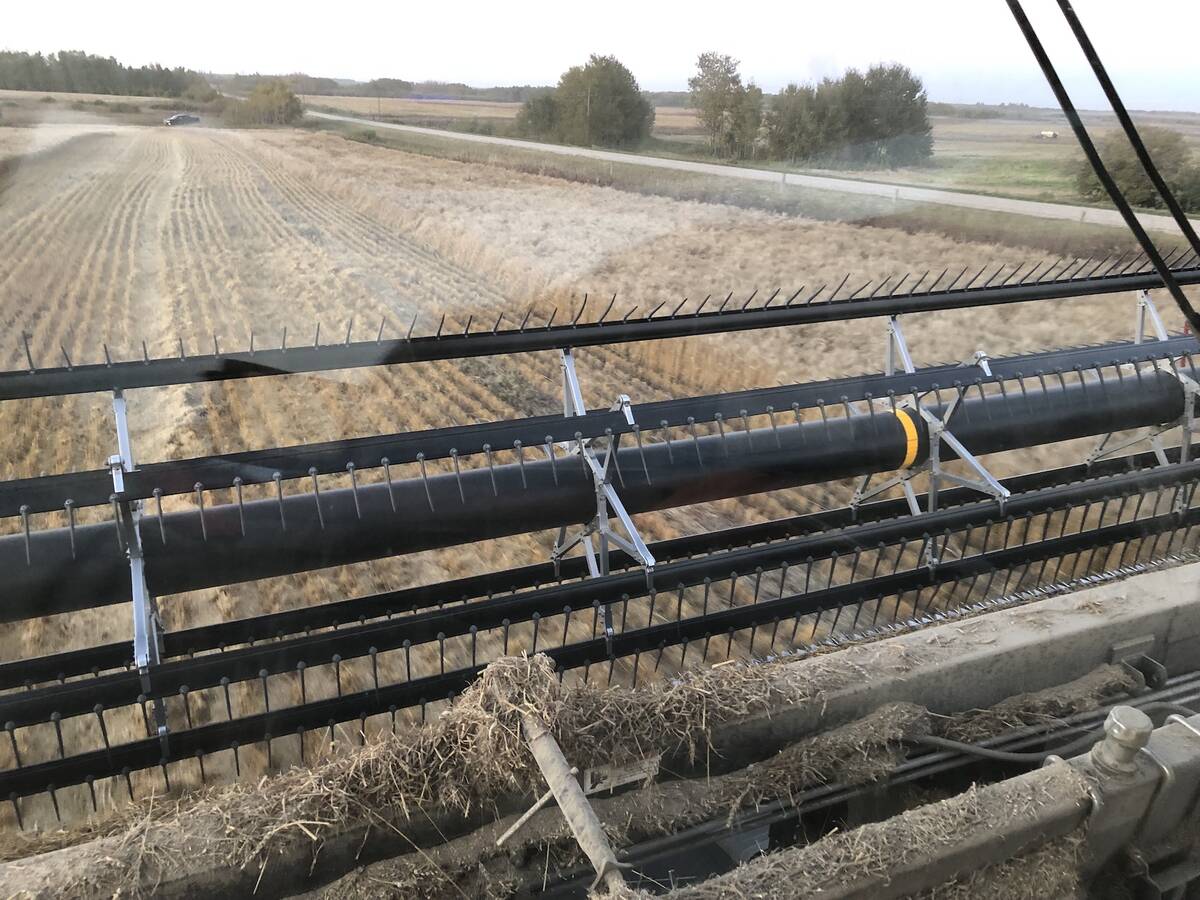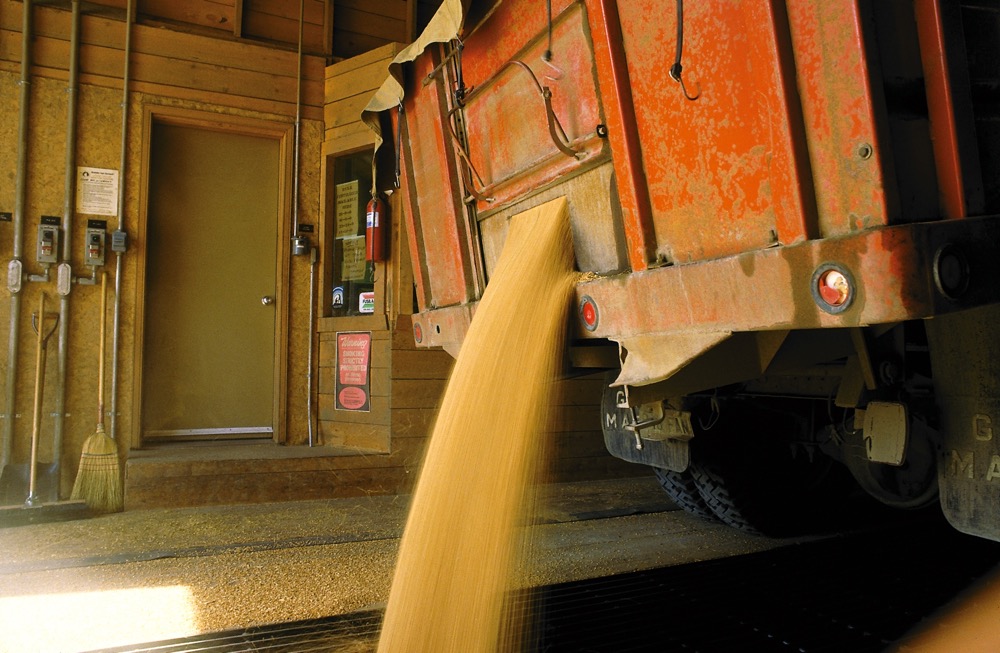Glacier FarmMedia – It used to be that if you wanted to raise a farmer’s blood pressure, you only had to suggest that an increase in bread prices was due to a change in the price of wheat.
If you were around then, you’ll remember that food prices had risen so far that the government appointed a Food Prices Review Board.
But farmers rose to their own defence and were so successful that the federal government introduced a policy that guaranteed a minimum price for wheat sold in Canada, regardless of the export price.
Read Also

The poetic epic of Manitoba farming 2025
Former Manitoba Co-operator editor John Morriss returns for his yearly poetic sum up of the farming year and look ahead into 2026.
The policy died with the Mulroney government and the free trade agreement with the U.S., perhaps helped by opposition from the Palliser Wheat Growers Association, which is now the Wheat Growers Association.
It argued that the higher price would encourage Ontario farmers to grow more spring wheat and steal market share from the Prairies.
Some would call this cutting off your nose to spite your face, which could also be said of its current campaign against what it says is the federal government’s plan for a “mandatory” 30 per cent reduction in nitrogen fertilizer use.
There is no such plan. There is only a goal of reducing nitrogen emissions by 30 per cent, one that many in the industry say is achievable. The federal government is even paying farmers to use practices that aid pursuit of that goal.
There’s no mention of that on the Wheat Growers website, much of which is devoted to an appeal to consumers.
“We Are Facing a Food Crisis,” says a headline. “Your staple foods are under threat. That’s no exaggeration. If bread, pasta, cereals and even the occasional beer are on your tables, there’s federal public policy that could make those even more expensive for your family.”
Let’s think that through. Even if Canadian nitrogen use were cut by 30 per cent, would world wheat prices (which determine ours) rise so much that it would make any difference to bread prices?
Statistics Canada reports the average cost of a 1.5-pound loaf as $3.58, which, at 46 loaves per bushel, means 19.5 cents of wheat per loaf with a wheat price of about $9. We didn’t hear any Wheat Grower concerns about bread price last year when wheat prices were pushing $15 per bushel.
The suggestion that beer prices will climb is just embarrassing, given that you can get almost 500 bottles from a bushel of barley.
Even more embarrassing is that the Wheat Growers website asks for donations from the public to “do our job,” which it says is, “We fight for the food supply, for low prices and for exceptional quality food.”
This marks a first in Canadian agriculture history — an organization asking for consumers’ dollars to fight for low grain prices.
But do the Wheat Growers need the money? Potential donors might hesitate if they click on the website’s “Our sponsors” page, which lists the logos of 33 seed, fertilizer, chemical, grain and machinery companies.
The Wheat Growers also want consumers to sign a petition to stop the “fertilizer reduction” and lift carbon taxes on “agricultural inputs.”
This implies the tax applies to all “inputs,” which it doesn’t. While it may apply to fuel for grain drying (which may be in the process of changing), farmers don’t pay carbon tax on gasoline and diesel.
Other farmers and their organizations should tell the Wheat Growers that it might not be good public relations to ask for donations from those who do.
– This article was originally published at the Alberta Farmer Express.
















